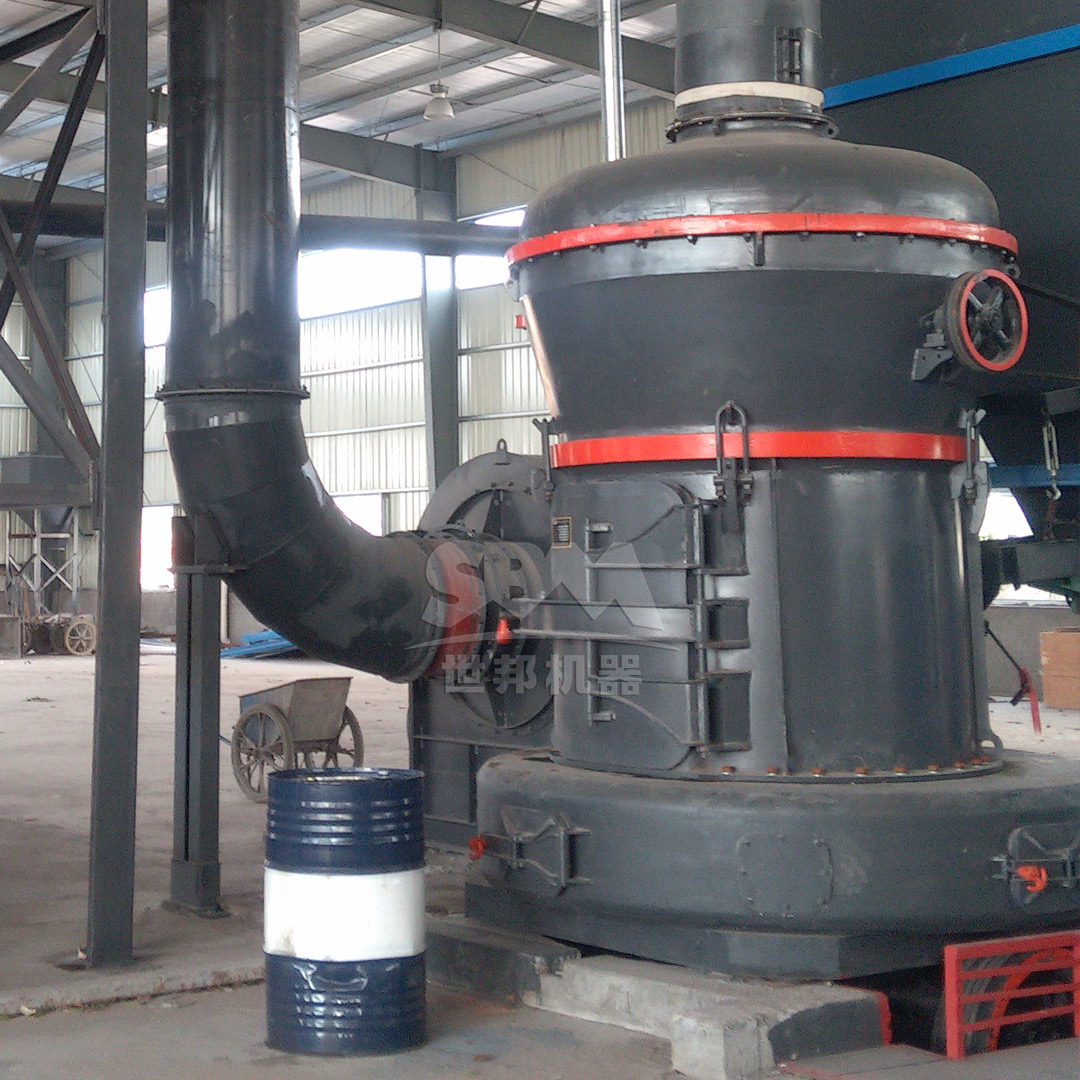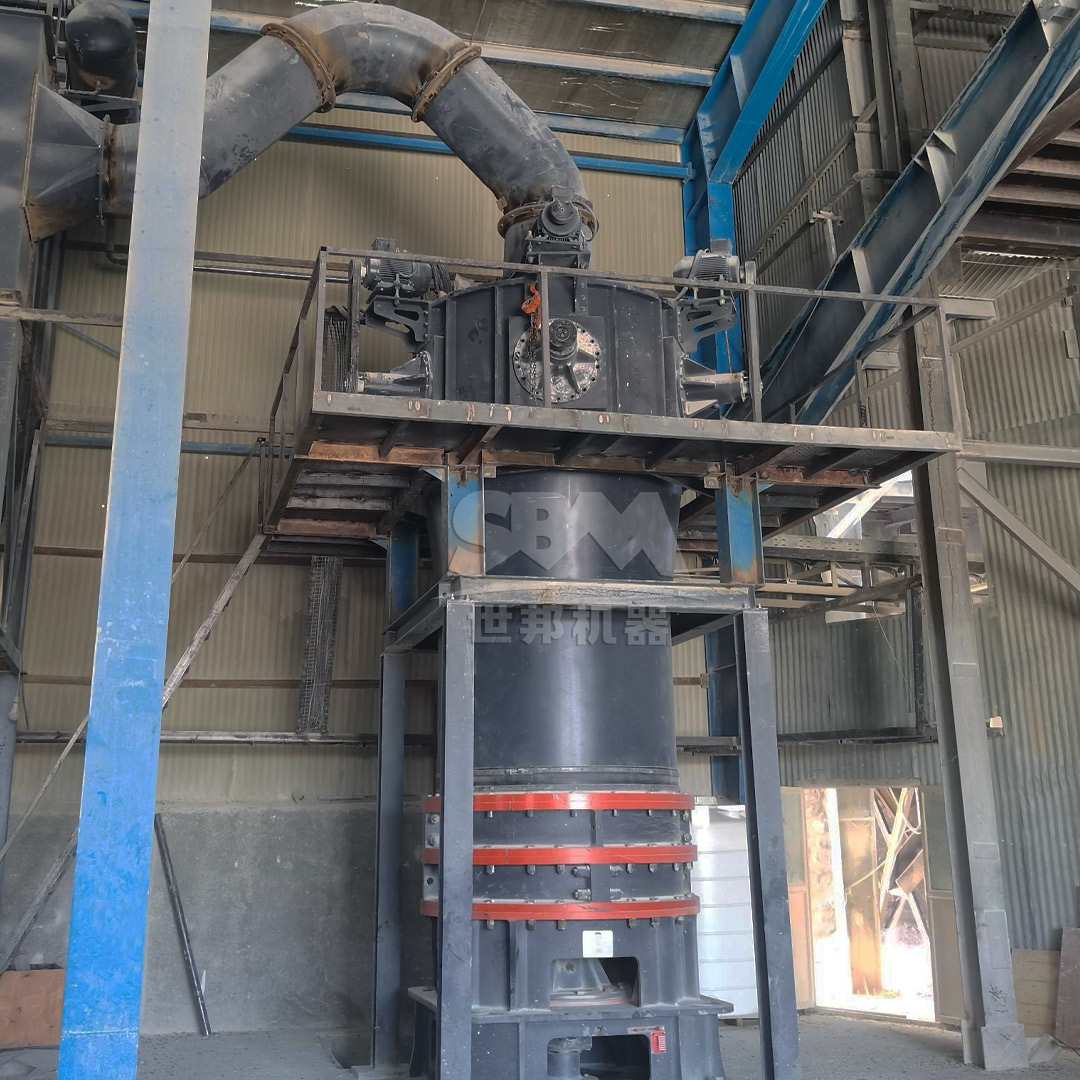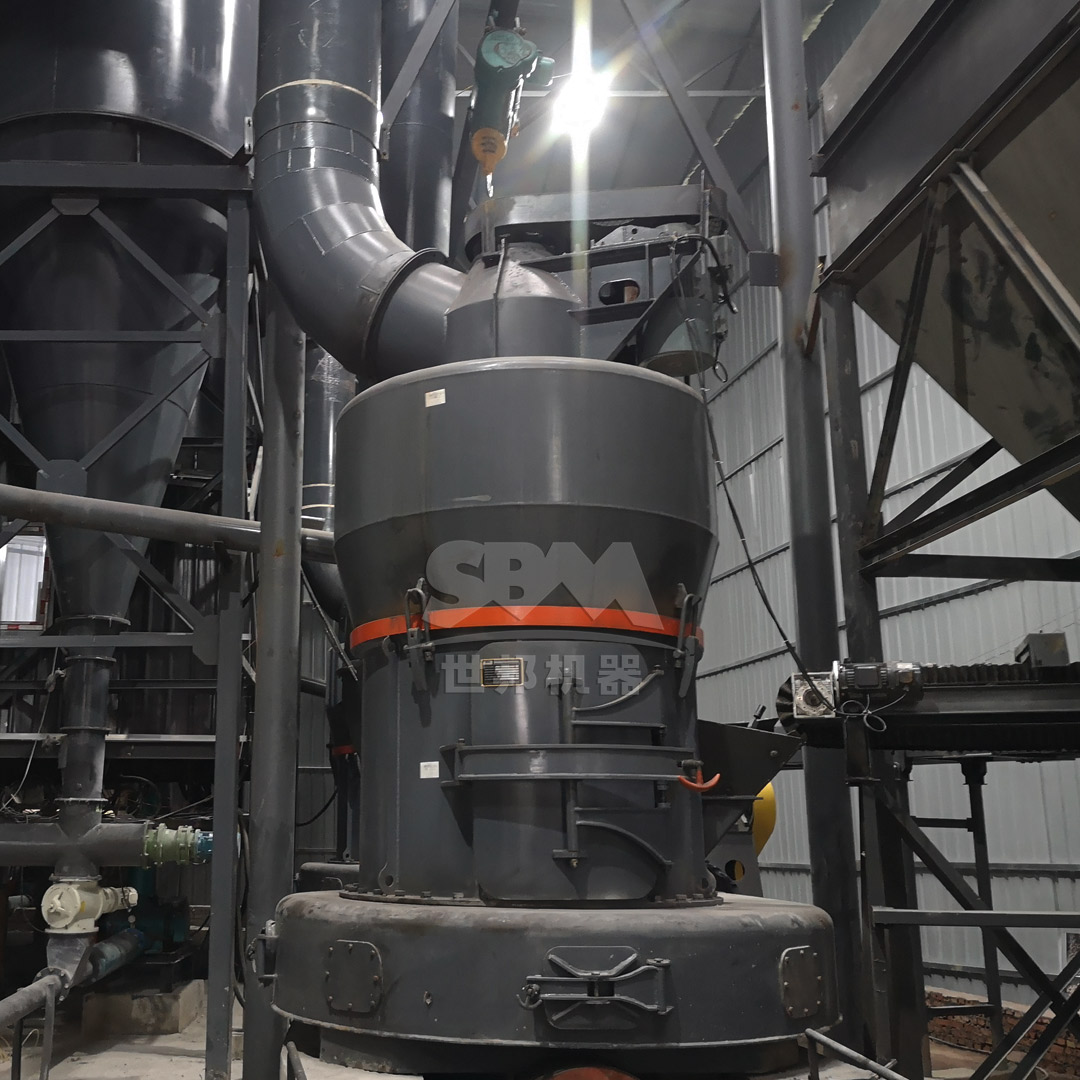Dolomite, a calcium magnesium carbonate mineral, plays a crucial role in the fertilizer industry as a soil conditioner and magnesium source. Efficient grinding of dolomite is essential to achieve the desired fineness for optimal nutrient release and soil absorption. This article explores the importance of dolomite grinding plants in fertilizer production and highlights advanced grinding solutions that enhance productivity and sustainability.

Dolomite provides both calcium and magnesium, essential nutrients for plant growth. Finely ground dolomite ensures rapid dissolution in soil, improving nutrient availability. The grinding process must achieve a uniform particle size distribution to maximize effectiveness. Advanced grinding technologies enable precise control over fineness, ranging from coarse adjustments to ultra-fine powders, tailored to specific fertilizer formulations.
Grinding dolomite presents challenges such as hardness variability, abrasiveness, and the need for consistent fineness. Traditional grinding methods often result in high energy consumption, excessive wear, and inconsistent product quality. Modern grinding plants address these issues with innovative designs that optimize efficiency, reduce maintenance, and ensure environmental compliance.
Selecting the right grinding equipment is critical for efficient dolomite processing. Key factors include feed size, desired output fineness, capacity requirements, and energy efficiency. Advanced mills offer features like automated control systems, durable wear parts, and eco-friendly operations.
For ultra-fine dolomite powder production (325-2500 mesh, D97 ≤5μm), the SCM Ultrafine Mill is an ideal choice. Its core parameters include an input size of ≤20mm and a processing capacity of 0.5-25 tons per hour, depending on the model. The mill’s technical advantages include:
The SCM series operates via a main motor driving three-layer grinding rings. Material is dispersed by centrifugal force into the grinding path, pressed and crushed by rollers, and finally collected by a cyclone and pulse dust removal system. Model options range from SCM800 (0.5-4.5 t/h, 75kW) to SCM1680 (5.0-25 t/h, 315kW), catering to various production scales.

For applications requiring coarser fineness (30-325 mesh), the MTW Series Trapezium Mill offers robust performance. It handles input sizes up to 50mm with capacities of 3-45 tons per hour. Key features include wear-resistant shovel designs, optimized air channels for reduced energy loss, and integrated gear transmission for 98% efficiency. Its working principle involves grinding rollers rotating around a central axis, with material thrown into the grinding zone for compression crushing. Models like MTW175G (9.5-25 t/h, 160kW) and MTW215G (15-45 t/h, 280kW) provide flexibility for different production needs.
A well-designed dolomite grinding plant integrates crushing, grinding, classification, and dust collection systems. Layout considerations minimize space usage and reduce infrastructure costs. Automation and real-time monitoring enhance operational efficiency, ensuring consistent product quality while minimizing human intervention.
Modern grinding plants prioritize energy savings through advanced motor designs, heat recovery systems, and optimized airflow. Environmental compliance is achieved with full-sealed negative pressure operation, dust emissions below 20mg/m³, and noise control measures. These features align with global sustainability goals, reducing the carbon footprint of fertilizer production.

Durable components, such as high-chrome alloy rollers and manganese steel liners, extend equipment life and reduce downtime. Modular designs allow quick replacement of wear parts, minimizing maintenance costs. Regular monitoring of parameters like vibration and temperature ensures reliable operation.
Efficient dolomite grinding is pivotal for high-quality fertilizer production. Advanced mills like the SCM Ultrafine Mill and MTW Series Trapezium Mill offer tailored solutions for achieving desired fineness with energy efficiency and environmental sustainability. Investing in modern grinding technology not only enhances productivity but also supports sustainable agricultural practices by delivering effective soil amendments.